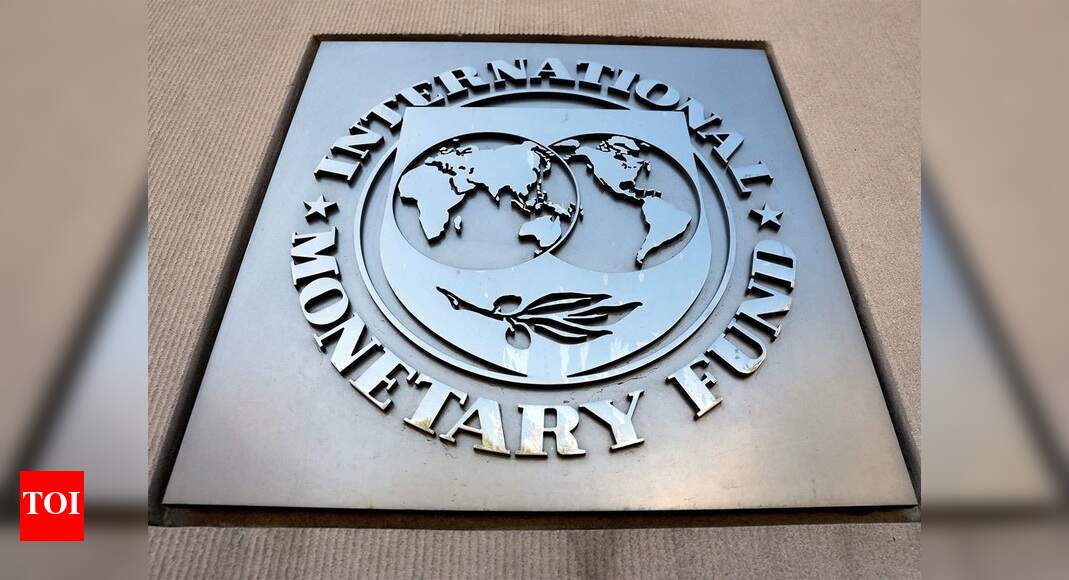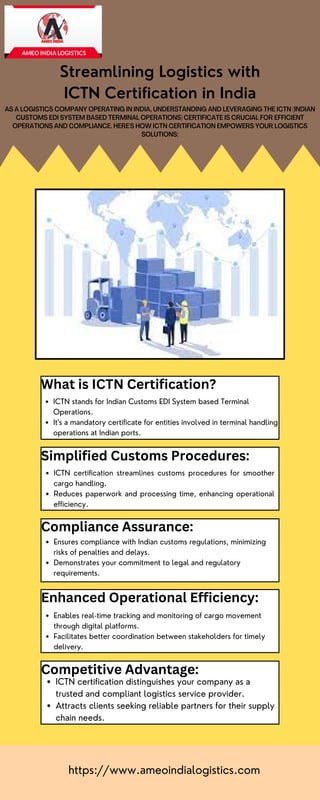Pakistan's $1.3 Billion IMF Bailout: A Review Amidst Regional Tensions

Table of Contents
The Economic Crisis Leading to the Bailout
Pakistan's application for the IMF loan was a direct consequence of a severe economic crisis characterized by soaring inflation and a rapidly depreciating currency.
Soaring Inflation and Currency Devaluation
Pakistan has experienced alarmingly high inflation rates in recent years. The Pakistani Rupee's devaluation against the US dollar has exacerbated the situation, making imports significantly more expensive and driving up the cost of essential goods.
- Inflation: Inflation rates consistently exceeded 20% in 2023, impacting the purchasing power of ordinary citizens.
- Currency Exchange: The Pakistani Rupee plummeted to historic lows against the US dollar, increasing the cost of imported goods, including fuel and food.
- Impact on Daily Life: The soaring cost of living has severely impacted the daily lives of Pakistanis, particularly low-income families, leading to widespread hardship and social unrest. Food prices have skyrocketed, and fuel costs have become unsustainable for many.
Debt Sustainability and Fiscal Deficits
Pakistan's unsustainable debt levels and widening fiscal deficit further contributed to the crisis. Years of fiscal mismanagement, coupled with global economic headwinds, have pushed the nation to the brink.
- External Debt: Pakistan's external debt burden has reached unsustainable levels, hindering its ability to service its obligations and invest in essential sectors.
- Fiscal Deficit: The government's spending consistently outpaced its revenue generation, leading to a widening fiscal gap. The global economic slowdown further constrained revenue collection.
- Impact of Global Economic Slowdown: The global economic slowdown, marked by rising interest rates and reduced foreign investment, significantly impacted Pakistan's ability to secure financing and manage its debt.
Terms and Conditions of the IMF Bailout
The IMF bailout is not without conditions. Pakistan has committed to implementing a series of structural adjustment programs to address the underlying economic weaknesses.
Structural Adjustment Programs
The IMF has imposed stringent conditions, including austerity measures and reforms across various sectors. These reforms aim to improve the country’s fiscal health and long-term economic stability. However, they also carry potential social implications.
- Energy Sector Reforms: Improving energy efficiency and reducing reliance on expensive imported fuel.
- Tax Reforms: Broadening the tax base and improving tax collection efficiency.
- Potential Impact on Social Programs: Austerity measures could lead to cuts in social welfare programs, potentially exacerbating existing inequalities.
- Public Opinion: The IMF's conditions have faced public criticism, with concerns raised about their potential social impact.
Potential for Future Loan Disbursements
The $1.3 billion is not a one-time payment. The remaining funds will be disbursed incrementally, contingent upon Pakistan meeting specific key performance indicators (KPIs).
- Schedule of Loan Disbursement: The disbursement will be phased over a period of time, with each tranche subject to review and adherence to agreed-upon conditions.
- Key Performance Indicators (KPIs): Pakistan must demonstrate progress in fiscal consolidation, structural reforms, and debt sustainability to receive further funding.
- Potential Risks to Further Funding: Failure to meet the KPIs could jeopardize the remaining loan disbursements, leaving Pakistan facing a deeper economic crisis.
Geopolitical Context and Regional Implications
Pakistan's economic crisis is not isolated; it is deeply intertwined with regional geopolitical complexities.
Relationship with China and other regional powers
Pakistan's relationships with key regional and global players, including China and the United States, play a significant role in its economic stability. The China-Pakistan Economic Corridor (CPEC) is a major factor in the country's infrastructure and economic development.
- CPEC: The progress and success of CPEC projects are crucial for Pakistan's long-term economic prospects.
- Pakistan-India Relations: Regional tensions with India impact investor confidence and hinder economic cooperation.
- US-Pakistan Relations: The nature of the US foreign policy towards Pakistan influences foreign investment and international support.
- Role of Other Regional Actors: The actions and policies of other regional actors can influence economic stability.
Security Concerns and Internal Stability
Internal security challenges, such as terrorism and political instability, significantly impede Pakistan's economic progress and undermine investor confidence.
- Terrorism: Terrorist activities disrupt economic activity, deter investment, and damage infrastructure.
- Political Instability: Political uncertainty creates an unstable environment for investment and economic planning.
- Impact on Investment: Security concerns deter both domestic and foreign investment, hindering economic growth.
- Effect on Social Cohesion: Internal conflicts and instability undermine social cohesion and exacerbate economic hardship.
Conclusion
Pakistan's $1.3 billion IMF bailout provides a crucial, yet temporary, solution to its severe economic crisis. The long-term success of this bailout hinges on meeting the stringent IMF conditions, tackling the underlying structural issues, and navigating the intricate geopolitical landscape. Sustainable debt management, comprehensive fiscal reforms, and improved regional stability are paramount for Pakistan's economic health. The implementation of the IMF's structural adjustment program will be closely monitored, determining the effectiveness of the Pakistan IMF bailout and its lasting impact. Continued dialogue and analysis of the Pakistan IMF loan and its ramifications for the country's future are crucial. The situation demands vigilant observation and informed discussion surrounding the Pakistan IMF bailout and the path forward for the nation's economic recovery.

Featured Posts
-
 Streamlining Bond Forward Regulations The Indian Insurers Perspective
May 09, 2025
Streamlining Bond Forward Regulations The Indian Insurers Perspective
May 09, 2025 -
 Watch Pam Bondis Statements On Killing American Citizens Spark Outrage
May 09, 2025
Watch Pam Bondis Statements On Killing American Citizens Spark Outrage
May 09, 2025 -
 Strengthening The Eu Response To Us Tariffs A French Ministers Plea
May 09, 2025
Strengthening The Eu Response To Us Tariffs A French Ministers Plea
May 09, 2025 -
 Colapinto Question Sparks Blunt Response From Doohan At F1 75 Launch
May 09, 2025
Colapinto Question Sparks Blunt Response From Doohan At F1 75 Launch
May 09, 2025 -
 Pogoda V Yaroslavskoy Oblasti Snegopady I Ikh Posledstviya
May 09, 2025
Pogoda V Yaroslavskoy Oblasti Snegopady I Ikh Posledstviya
May 09, 2025
